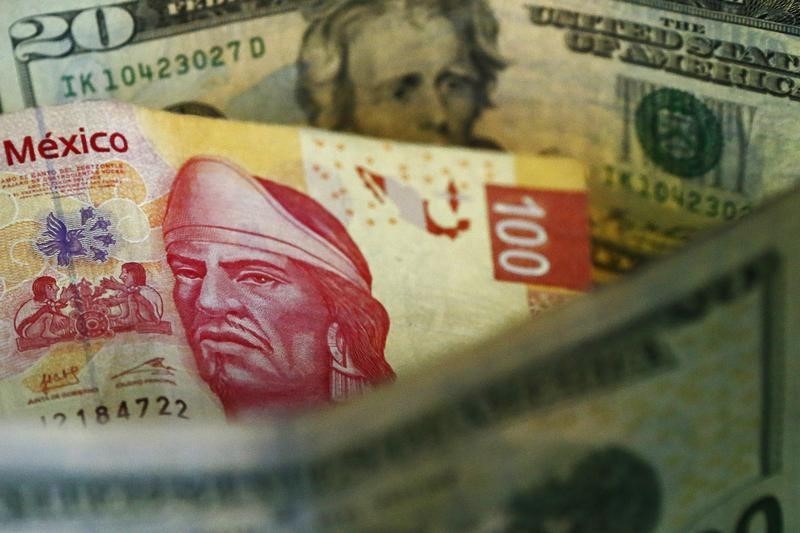By Michael O’Boyle and Alexandra Alper
MEXICO CITY (Reuters) – Most Mexican central bank policymakers fear the country’s battered peso currency could suffer further from market volatility stemming from Britain’s vote to leave the European Union and the U.S. presidential race. Policymakers voted 5 to 0 to raise its key rate All policymakers said they raised interest rates in a bid to protect the purchasing power of the peso, which had slumped more than 7 percent against the dollar in May, its worst monthly loss in four years. Most of the board of Mexico’s central bank thought they needed to act to ensure the peso’s losses would not drive up inflation expectations and all members agreed they would act whenever necessary to ensure convergence toward their 3 percent inflation target. Most central bankers also agreed there could be a prolonged period of greater uncertainty following the Brexit vote, which drove the peso to a record low.
Policymakers said that uncertainty could be accentuated by the U.S. presidential race, where candidate Donald Trump has threatened to disrupt trade ties with Mexico if he wins.
While the minutes did not mention Trump, some investment bank analysts have said strong polling gains by that candidate could hurt the peso.
The peso has gained more than 1 percent since the hike. Policymakers fear that peso losses could drive foreign holders of peso-denominated debt to dump bonds, sparking a mass exodus that would hammer the peso. Most policymakers thought the balance of risks for both inflation and growth had deteriorated, even though they see annual inflation ending the year slightly above 3 percent.
(Reporting by Michael O’Boyle and Alexandra Alper; Editing by Simon Gardner and W Simon)
Mexico central bank flags further peso risk from Brexit, U.S. election

By Michael O’Boyle and Alexandra Alper
















